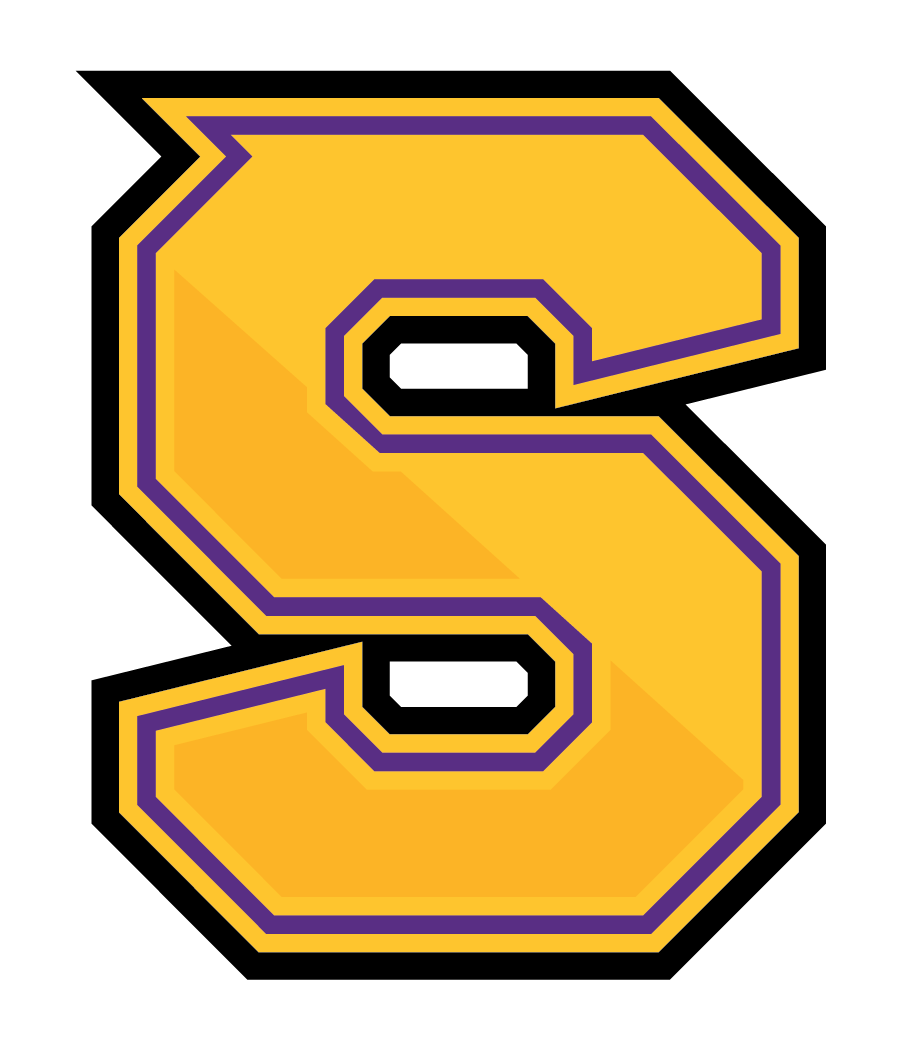Digital Art & Design I
Digital Arts & Design I is a foundational course in the Arts, A/V Technology & Communications cluster for students interested in art and design professions. The primary aim of this course is to build a strong understanding of the principles and elements of design and the design process. Upon completion of this course, proficient students will be able to utilize industry tools to conceptualize and create communications solutions which effectively reach targeted audiences. Students will acquire basic skills in illustration, typography, and photography. Standards in this course include career exploration, an overview of the history of design, basic business management and legal issues. In addition, students will begin compiling artifacts for inclusion in a portfolio, which they will carry with them throughout the full sequence of courses in this program of study. Standards in this course are aligned with Tennessee State Standards for English Language Arts & Literacy in Technical Subjects, Tennessee State Standards in Mathematics, Tennessee Visual Art standards, and Tennessee Art History standards.*
Notes from Mr. "P".
As a first year student this is a list of some of the things we will cover in class and the some of the projects and activities you can except to do.
- Color Theory - How color effects the way we feel and think
- Basic Design Theory - How to lead the viewers eye around a design and make the important parts stand out.
- Basic Design Projects - Logos, Business cards, Letterheads, Flyers, Posters, Product Labels, and many other printed materials
- Basic Illustration - This can include anything from logos to characters to be used in future projects.
- Typography - Typography is anything but boring. The style of "type" chosen can have a dramatic effect on the overall look and feel of a design and is one of the most important thing to consider.
- Basic Photography - Photography to us is an art form, we use photography to tell stories and sell products. Before we can get predictable results we must take control of the camera and environment. To do this we must have a full understanding of the operation of a modern digital camera and lighting equipment. The most important thing to always remember is, even though we have great software to alter photographs "we always strive to get the best image possible from the camera".
- Basic Photo Retouching/Manipulation - Sometimes the photograph is not exactly what we need. It may be a minor problem in the photography or simply a "bad hair day", either way we need to correct it. Using some basic retouching techniques we will make the image usable. Or it could be an artistic need where we have to combine multiple images to create an image that defies reality, then those retouch and image manipulation techniques will come to the rescue.
Course Documents Click arrow to view and download documents.
